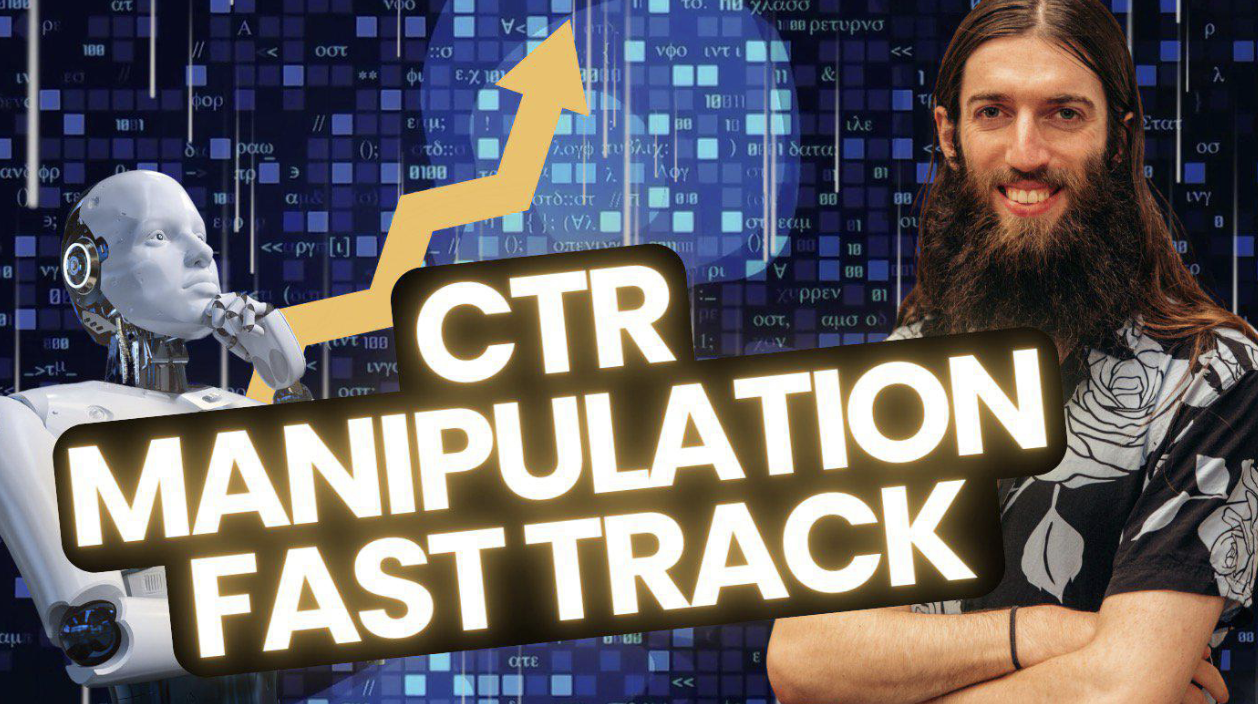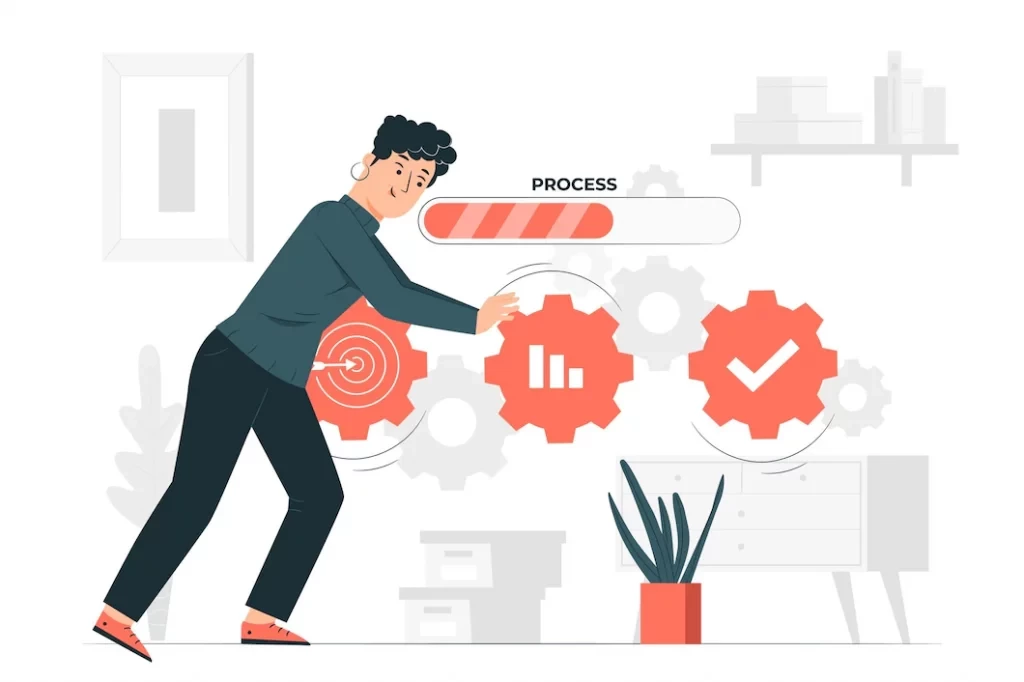Take Control of Your Click-Through Fees With CTR Manipulation
In today's competitive electronic landscape, grasping click-through rates (CTR) is crucial for optimizing engagement and driving conversions. Reliable CTR manipulation requires even more than just creative thinking; it involves a methodical technique to screening and analysis.

Understanding Click-Through Fees
Click-through prices (CTR) work as an essential metric in electronic advertising and marketing, aiding businesses assess the efficiency of their on-line campaigns. CTR is computed by splitting the number of clicks a promotion or web link gets by the number of times it is displayed, shared as a portion. For example, if an advertisement is shown 100 times and receives 5 clicks, the CTR would certainly be 5%.
A high CTR shows that the web content reverberates well with the target audience, driving interaction and rate of interest. Conversely, a low CTR may signal that the messaging, visuals, or targeting criteria need optimization. Organizations make use of CTR as a crucial performance sign (KPI) to assess the success of their techniques, informing decisions on ad positionings, audience targeting, and innovative aspects.
Recognizing the factors that influence CTR is important for optimizing on the internet advertising and marketing efforts. Thus, a detailed understanding of CTR is vital for any type of company intending to thrive in the affordable digital landscape.
Importance of CTR Manipulation
The manipulation of click-through rates (CTR) is a critical emphasis for electronic online marketers aiming to boost campaign efficiency and accomplish certain organization goals. In an increasingly competitive electronic landscape, a greater CTR symbolizes not just greater target market involvement yet likewise the effectiveness of advertising techniques. By maximizing CTR, companies can guarantee that their material reaches the intended audience, causing enhanced conversion rates and overall return on investment (ROI)
Additionally, a solid CTR can boost brand presence and reliability. As internet search engine and social networks systems often focus on material with greater engagement rates, manipulating CTR can assist boost natural reach and attract more prospective customers. CTR Manipulation Service. Additionally, by assessing CTR metrics, marketers can gain important insights right into audience behavior and choices, enabling them to make data-driven decisions that fine-tune targeting and messaging.
Inevitably, the relevance of CTR control hinges on its capability to drive significant communications that line up with company goals. This not just fosters more powerful customer relationships yet also placements brand names for long-lasting success in the digital market. Emphasizing CTR as a crucial performance indicator enables marketing professionals to remain nimble and receptive to market patterns, making certain sustained importance and competition.
Methods for Enhancing CTR
Enhancing click-through rates (CTR) needs a diverse approach that incorporates various techniques tailored to audience preferences and habits. Firstly, crafting engaging headings is crucial. Headlines should be clear, concise, and evoke curiosity, prompting users to click to learn more. Incorporating numbers or inquiries can likewise boost involvement.
Additionally, optimizing meta descriptions plays a vital role. A well-written meta description should sum up the material succinctly while including pertinent keywords that straighten with customer searches. This can attract organic clicks from online search Go Here engine outcomes.
Using premium visuals is another efficient method. Images and videos can record interest better than text alone, making it essential to consist of engaging multimedia web content that matches the message.
Moreover, A/B testing different components, such as call-to-action switches and formats, enables online marketers to recognize what resonates ideal with their target market. Tailoring material to certain demographics and leveraging social evidence, such as reviews and endorsements, can even more boost integrity and motivate clicks.
Evaluating Your CTR Performance
Among the most vital aspects of electronic advertising and marketing is understanding just how well your content performs in terms of interaction (CTR Manipulation Service). Analyzing your Click-Through Price (CTR) efficiency provides beneficial understandings into customer interaction with your electronic possessions. By analyzing CTR, you can determine which pieces of material reverberate with your target market and which stop working to record their interest
To begin, sector your analysis by various aspects such as campaign type, audience demographics, and traffic sources. This enables for a thorough understanding of which aspects add to greater or lower CTRs. Make use of click reference analytics devices to track these metrics gradually, enabling you to observe patterns and patterns that educate your advertising and marketing methods.
In addition, consider the contextual components surrounding your material, consisting of headlines, call-to-action (CTA) positionings, and visual elements. A/B testing different variations can generate understandings right into what especially drives engagement. Contrasting your CTR versus industry benchmarks will help evaluate your performance family member to competitors.
Finest Practices for Ongoing Renovation
Continual renovation of your CTR requires a multifaceted method that includes routine analysis, experimentation, and adjustment. To accomplish this, begin by continually checking your efficiency metrics. Make use of analytics devices to track CTR fads over time, identifying patterns and abnormalities that may notify your techniques.
Next, carry out A/B testing on various components of your campaigns, such as headings, contacts us to action, and aesthetic elements. This testing allows you to figure out which variations resonate most with your audience, leading to extra efficient web content (CTR Manipulation Service). Make certain to carry out adjustments based upon data-driven insights instead of assumptions

Conclusion
